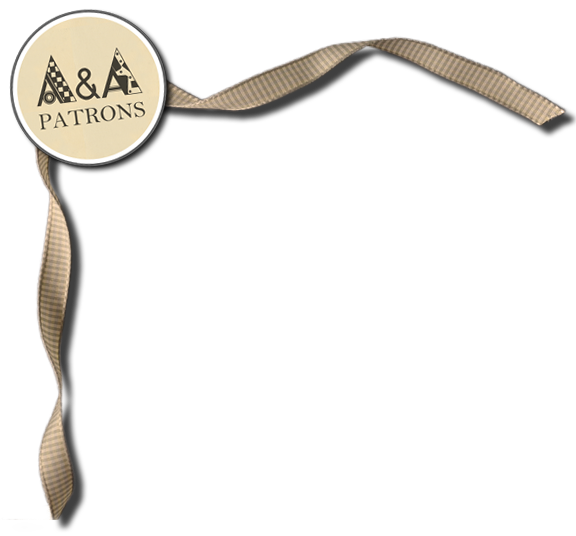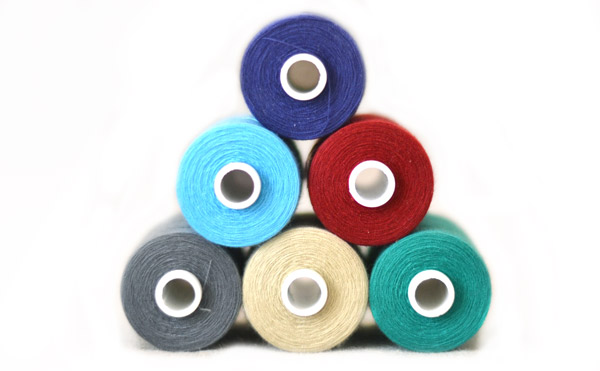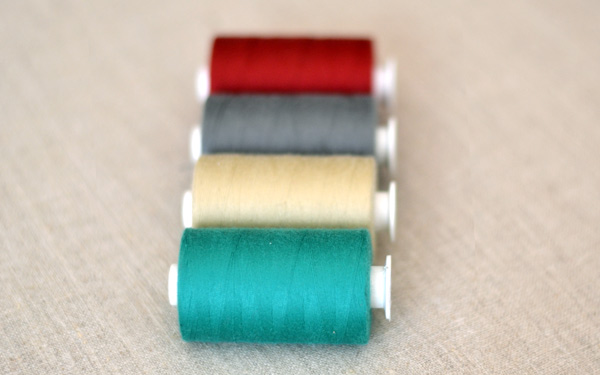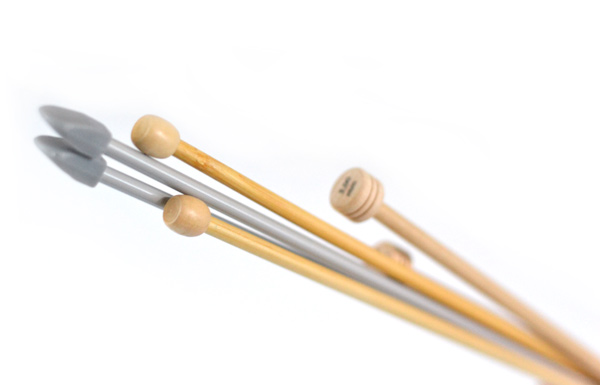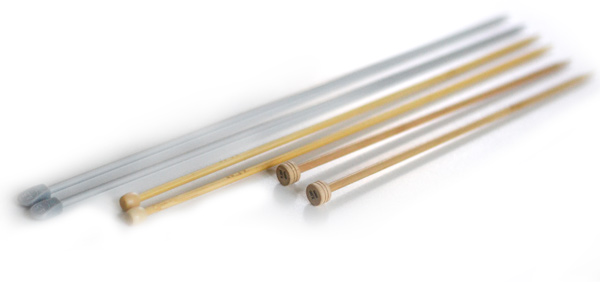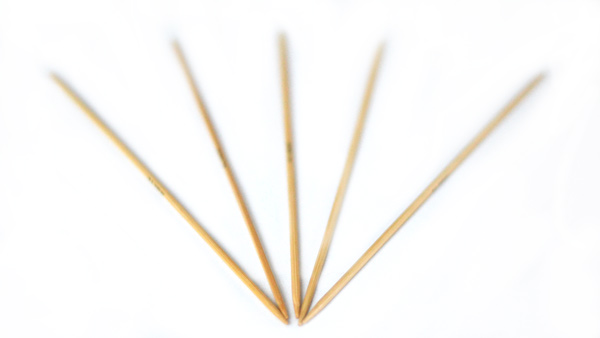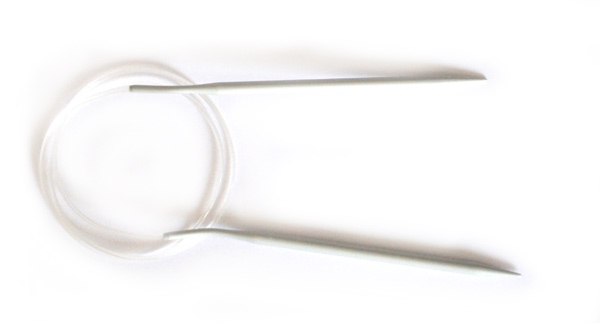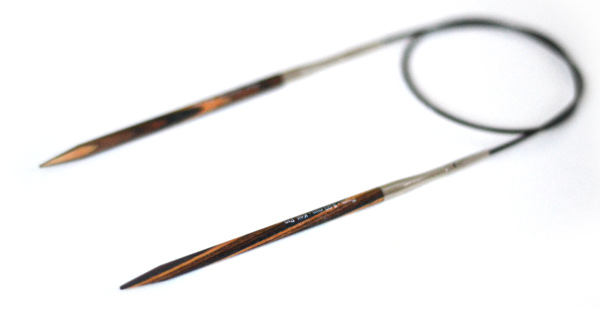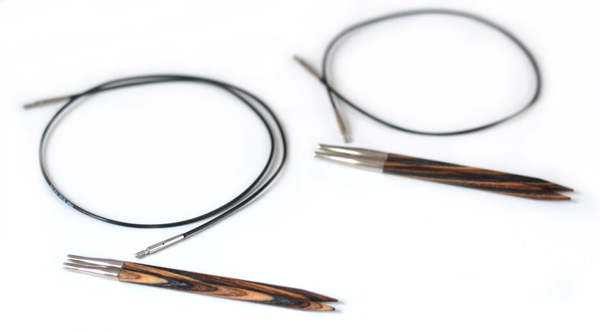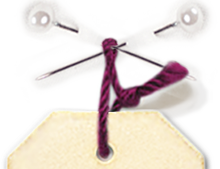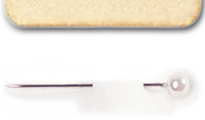The sewing thread is a major element to consider when you start sewing. With the pattern, the fabric and the sewing machine of course.
In order to choose its sewing thread, must be taken into account:
- Color: the sewing thread color must matched the fabric. The dominant color of our fabric is chosen. Whatever our fabric is floral, striped or geometric patterns. In general, it is better to rely on a darker color than our fabric.
As it is difficult to choose a color on internet, we offer that you send us a sample of your fabric in order we adapt the color of thread for you for free.
- Material: the most common material in sewing thread is polyester. Cotton is also available but it is quite expensive. Polyester sewing thread offer a wider choice of colors for an economical price.
- Quality: be careful, it is important not to skimp on sewing thread quality! There are a multitude of very cheap sewing machine threads but of poor quality which, over time, will damage your sewing machine. So beware to supermarket sewing threads or online kits.
Unfortunately, we know very well the problem through our sewing machine repair service...
We advise you to choose a slightly more expensive sewing thread but high quality. The d'A&A sewig thread is manufactured in France and has never caused any trouble to our machines...
It is possible to test the thread quality with its strength, the sewing thread that we offer resists to a 1.1kg weight.
The various kinds of sewing threads;
- The classic sewing thread: for making clothes and all type of decorations. This is the universal thread for family sewing machines. We offer 240 colors.
You can choose different packages : in small reel 200m, average reel 1000m or cone 5000m which is particularly suitable for the serger but can also be used in sewing machine with an adapter: the cone holder.
- The elastic sewing thread: thread particularly used to make smocking or gathers. Knitting, it is also used to tighten ribs of a sock.
- Overlock thread:thread with bouffant appearance. This thread is particularly used with the serger or coverstitch machine for the knitted fabric sewing. Therefore it is proposed by 2000m or 10000m cone. Overlock thread is used frequently for lingerie, swimwear and sportswear.
If you are new to sewing, you'll need quickly to have a mix of the main colors and especially white, black and raw. If you sew regularly, it is recommended to take 1000m reels more economical.
